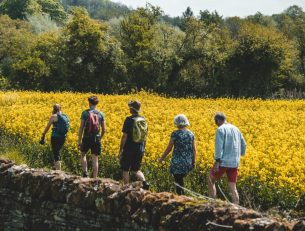No matter how hard we try, there’s no getting away from the fact that some of the best travel destinations in the world might require us to fly or travel long distances to reach them.
But here at Not In The Guidebooks, we’re of the belief that if we’re going to travel and see the world, then we need to travel in the most eco-friendly way possible.
As travellers, we have a responsibility to the local environments we choose to visit, to the people that live there, and to future generations of travellers who deserve the same opportunities to experience what the world has to offer.
Should We Travel at All?
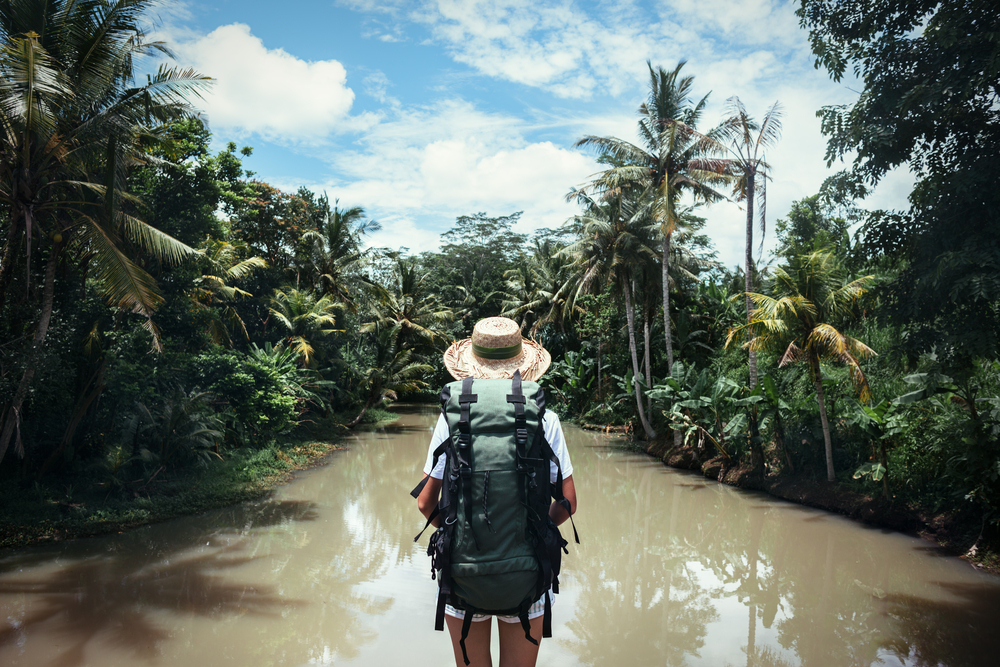
The first question you might throw up when you consider the environmental impacts of travelling, is whether we should really travel anywhere at all, particularly on flights. You can’t argue that flying anywhere in the world uses up a huge amount of fossil fuel and emits massive amounts of carbon, but to focus solely on this impact is to ignore the huge benefits that travel can provide.
First, you need to bear in mind that – no matter how you change your habits – people will still be going on holiday. Mass tourism can result in environmental damage on a huge scale, but it’s unrealistic, and actually undesirable, to simply tell people to stop travelling.
By visiting places of incredible natural beauty, such as the coasts of Cambodia or the cloud forests of Costa Rica, tourism and travel done the right way can actually bring about enormous benefits for the local ecosystem.
When money is spent in the right places, tourism can provide a huge financial boost to groups whose aim is to preserve the natural ecosystem in the area. It’s a self-perpetuating system, whereby keeping the very thing that attracts tourists to an area intact, they can reap the rewards of continuing to attract new visitors.
Protecting tourist hotspots and preserving natural environments that attract tourists is the job of the tourist industry. Companies like Not In The Guidebooks, who rely on beautiful, unique ecosystems and sights that attract visitors, should be aiming to keep them that way. Which brings us to our first tip on how to travel in an eco-friendly way.
Travel in Smaller Groups
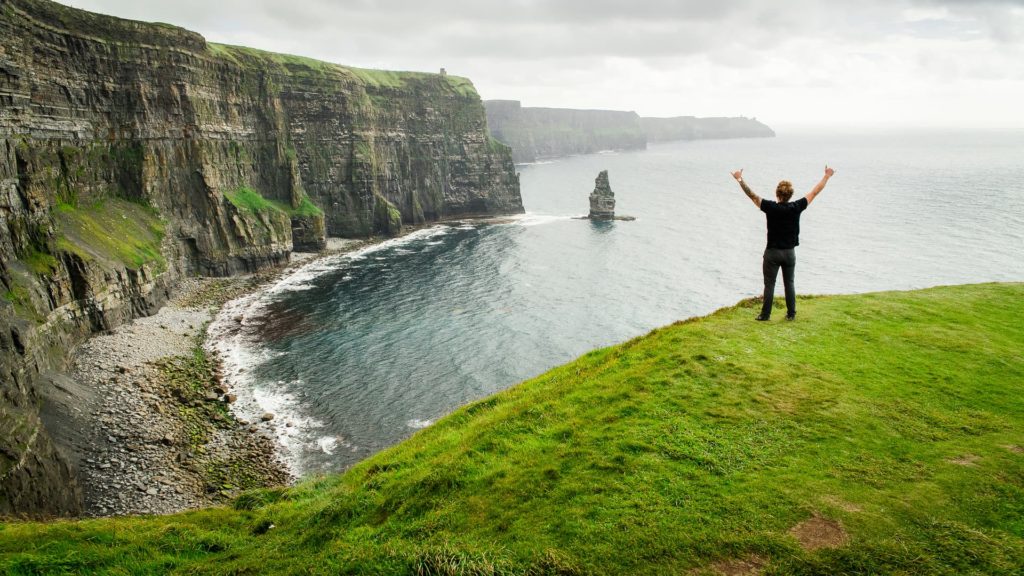
With more visitors, in general, come more environmental challenges. And groups travelling in large numbers on bus tours or on cruise ships pose a huge challenge to those trying to protect their local environment.
Cruise ships in particular cause relentless coastal erosion and pollute the very seas that tourists are there to enjoy – and the locals may rely on for their livelihoods.
Instead of joining huge groups, try and rely on small group tours to avoid overcrowding and the inevitable increase in traffic, erosion and littering that comes with them. Even better, travel with local guides to places that aren’t such tourist hotspots, away from the crowds and with a group that won’t overwhelm the locals.
Travelling in a small group like this reduces the strain on local resources, which leads us nicely on to our next tip for environmentally sustainable travel.
Stay at Eco-Friendly Accommodation
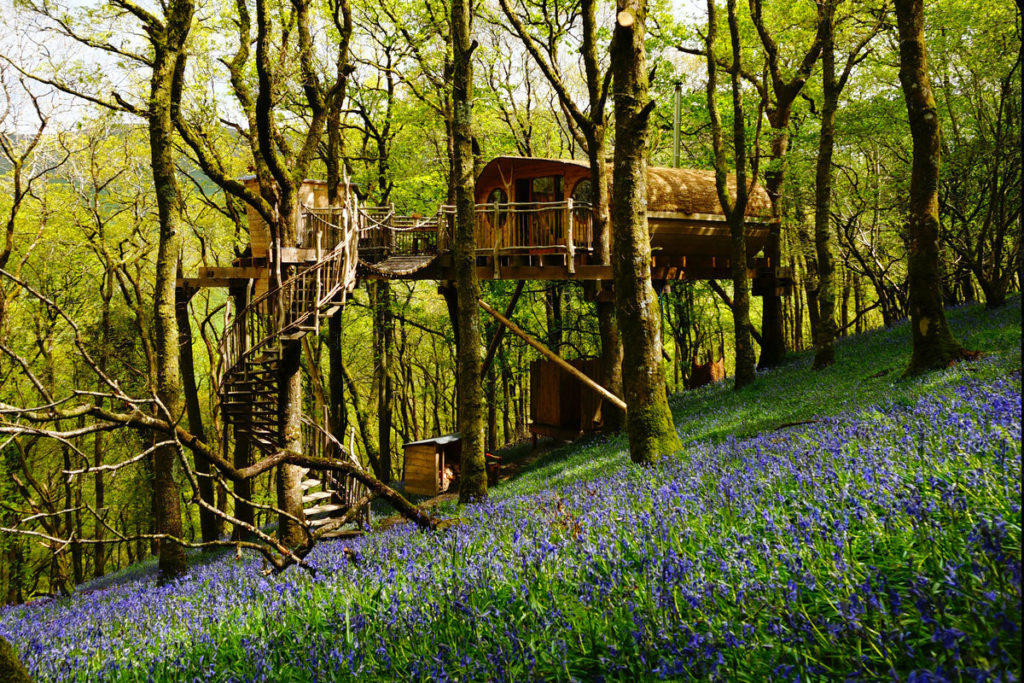
Clearly, as large groups of people flock to a beautiful part of the world, they’re going to need places to stay. This, in the past, generally results in large hotels springing up all over the landscape, turning a once unspoilt natural environment into a building site.
Really large hotels use huge amounts of water and energy, severely sapping the resources that were once shared easily between the locals. On top of this, most hotels this size are built and owned by multi-national companies, so whilst some of the money you spend might be going to the local chefs, receptionists, cleaners and management staff that run the hotel, your money is realistically going in the pockets of huge corporations.
Consider searching for smaller, family-run accommodations or for purpose-built eco-lodges. Staying in, for example, a homestay in Vietnam where you can experience true, undiluted Vietnamese culture in total comfort, has far less of an impact and helps preserve the environment without the need for huge hotels.
In countries such as Costa Rica, eco-lodges where water is reused, sustainable building materials are used and the impact to the local environment is limited, are actually really common. Whilst it may be more difficult to find these types of accommodation in other countries, it’s well worth taking the time to search.
Explore Driving Holiday Options
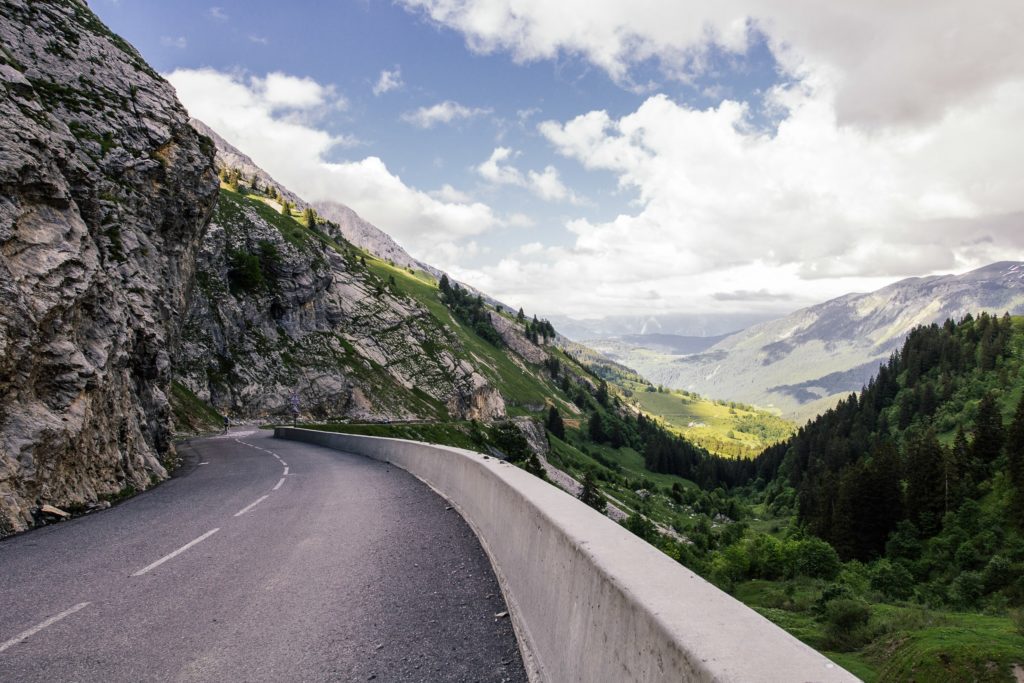
As we’ve already mentioned, flying is never the absolutely ideal way to travel, so considering alternative ways to reach your holiday destination, such as driving or taking a train, can be a great option.
The concept of a non-fly holiday is a phenomenon that is slowly growing in popularity, with incredible destinations linked up by stunning roads and magical train journeys. These types of holidays have a far less drastic impact on the environment than a trip where you take a flight, and can have a charm all of their own as you enjoy less-visited destinations, and witness a gradual change in landscape and culture as you travel.
At Not In The Guidebooks, we’re strong believers in limiting the impact our trips have on the world we all have a right to explore. By travelling in the most eco-friendly way possible, you benefit the planet, the local population, and future generations of tourists who deserve the same rights as us when it comes to experiencing the world.
That’s why we curate experiences that follow guidelines that ensure, when you travel with Not In The Guidebooks, you are travelling in the most eco-friendly way possible.





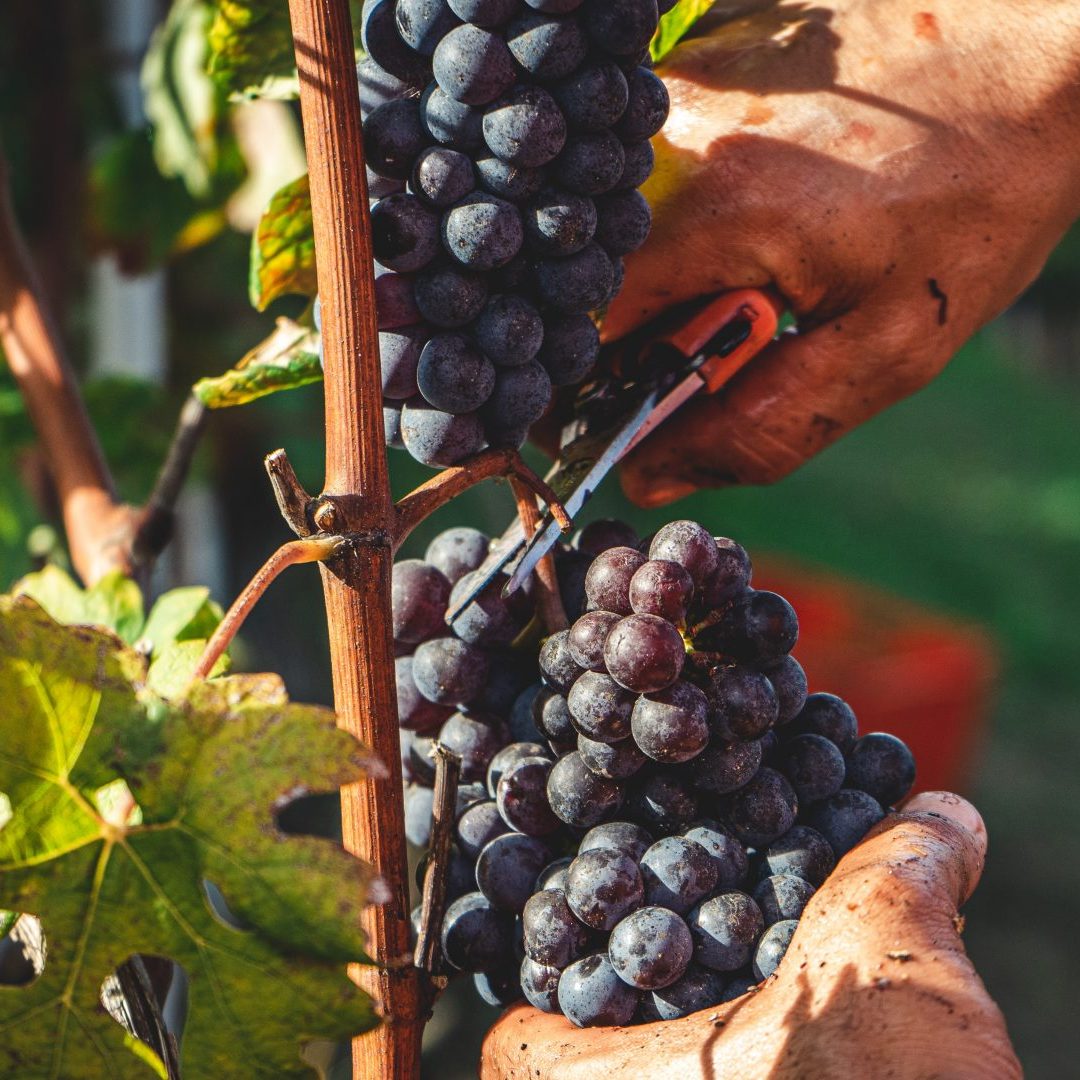
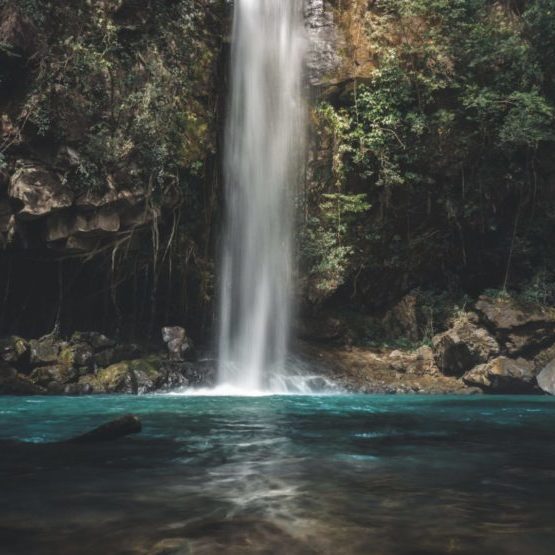
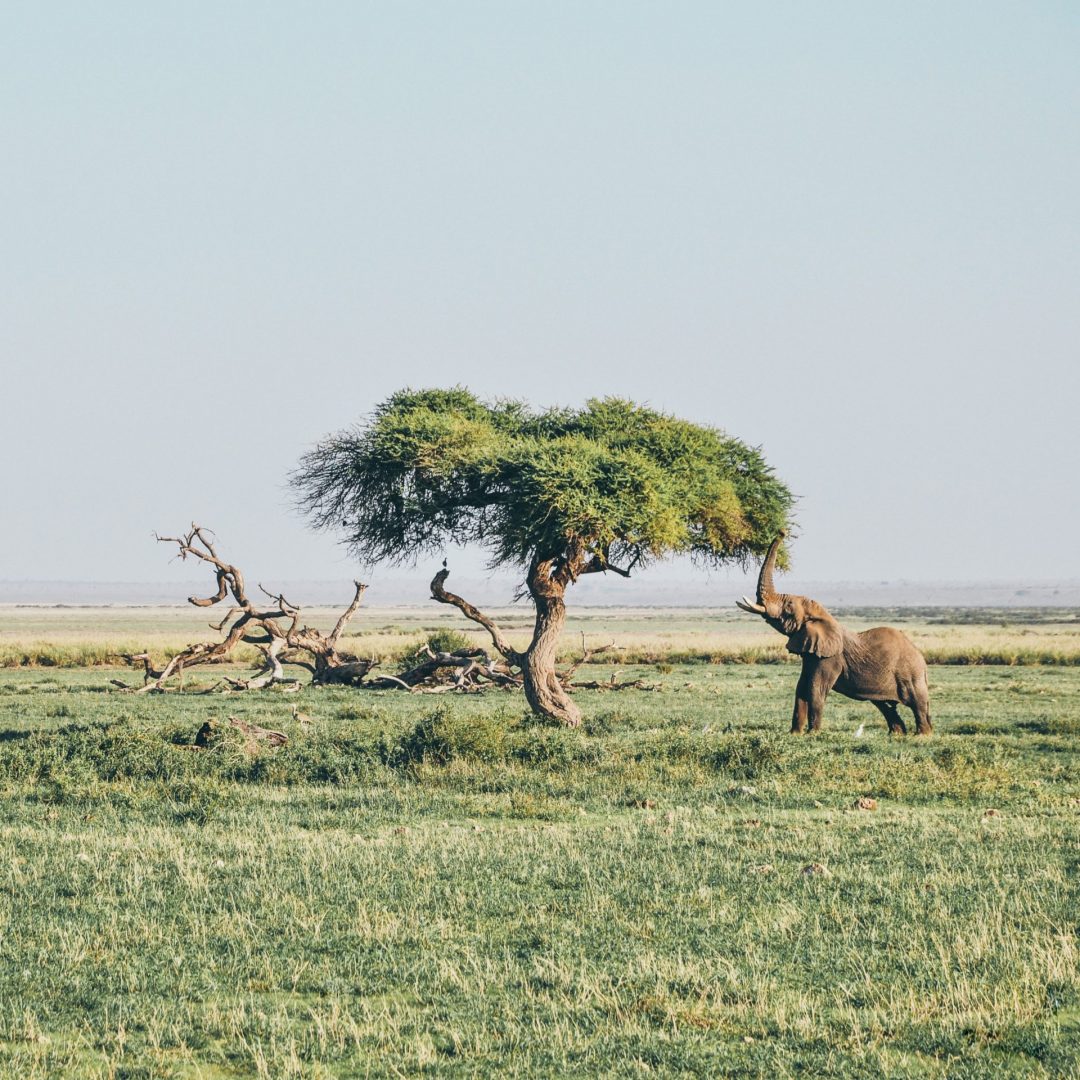

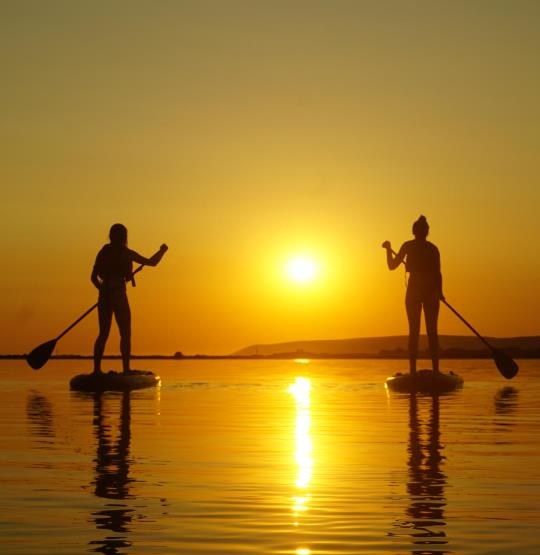
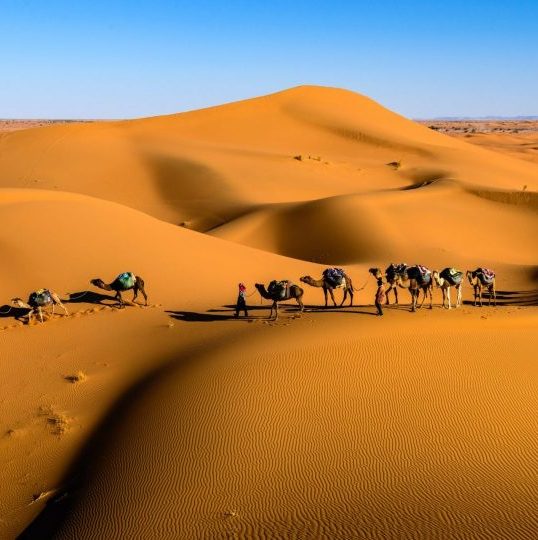


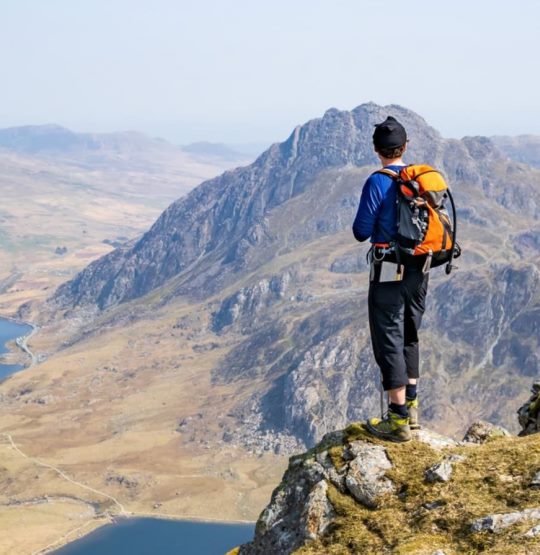
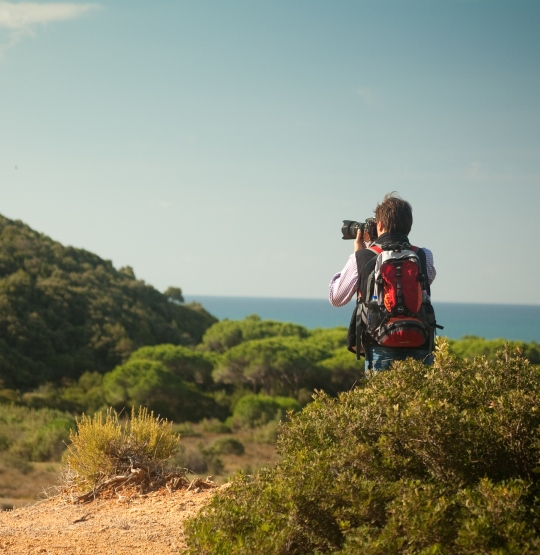


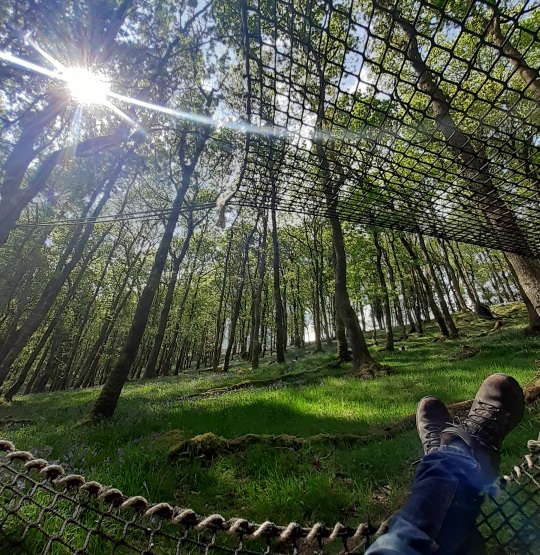

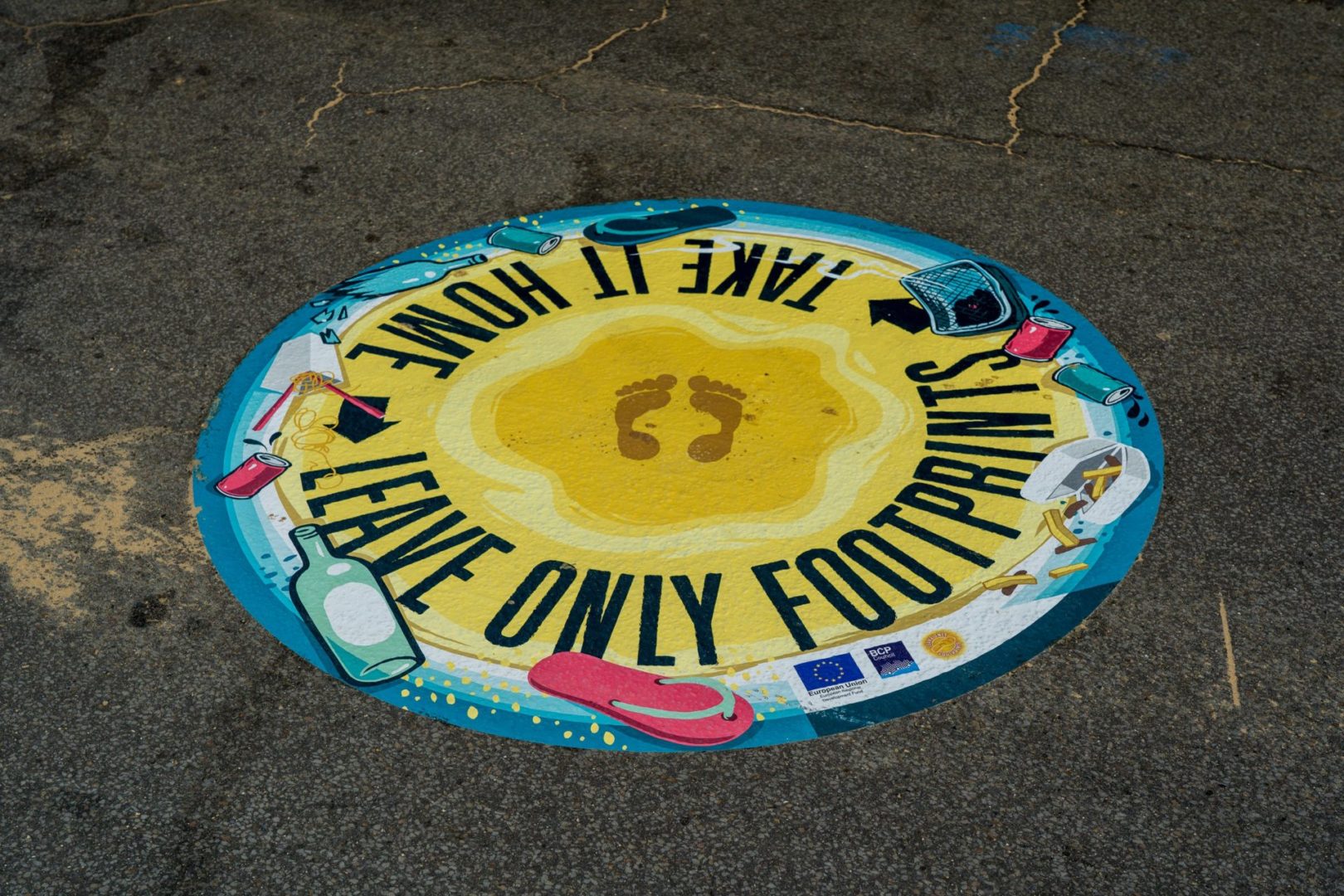


 Scottish Highlands
Scottish Highlands 
